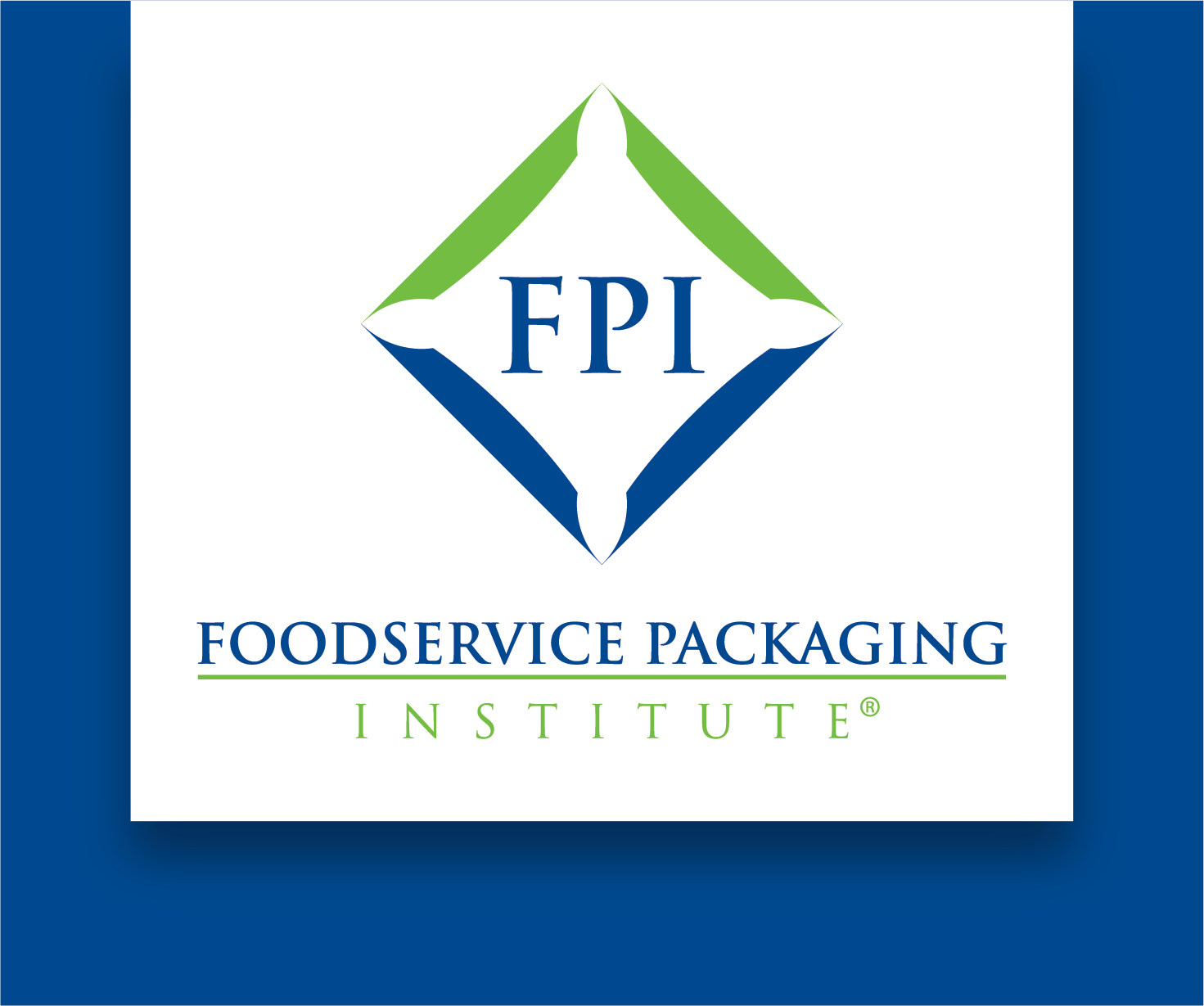What products are made from foam polystyrene?
Foam polystyrene (PS) is used to make food packaging such as meat trays, cups, take-out containers and egg cartons, as well as transport packaging, used to protect TVs and other valuables during shipping. Items made from foam PS are typically marked with a “6” on the bottom, which identifies the resin type. These items are often mistakenly referred to as “Styrofoam,” which is actually a Dow trademark for a building insulation product.
How much foam polystyrene can I expect to receive?
While it is difficult to estimate foam tonnage at the local level, data from the U.S. Environmental Protection Agency's annual municipal solid waste (MSW) characterization report shows that foam polystyrene contributes roughly one percent to the MSW stream.
How much space is needed for additional equipment?
An efficient grinder and densification system requires as little as 85 square feet of space. In locations where space is limited, grinders can be housed separately from the densifiers. In these implementations, blowers are used to transport the ground up foam polystyrene through a tube to a hopper, which can be located as far as 100 feet away from the grinder.
I have a baler; will that work to densify foam?
Densifiers are used to compact loose foam products into dense blocks for transportation or storage prior to recycling. While traditional balers can be used to compact the foam polystyrene, they do not work very well. With that said, if you plan to recover a combination of rigid PS and foam PS in a MRF environment, note that when collected together in standard generation volumes, the combination can create bales in the 800 to 1,100-pound range—heavy enough to make “weight” in truckload quantities.
What do grinders and/or densifiers cost?
New densifier systems – which include both a grinder and densifier – cost as little as $18,000 - $20,000 for units that will process 100 pounds of loose foam polystyrene per hour. These are better suited for single-site collection programs (like a school), commercial loading dock environments, or drop-off programs that want to densify on-site. Larger densifier systems that will process 500 pounds of loose foam polystyrene per hour cost around $45,000 - $50,000. These are better suited for MRFs.
Isn’t foam foodservice packaging too dirty to recycle?
No. Some MRFs and communities have expressed concern about adding foam foodservice packaging to a recycling program because of food residue. But, two studies have shown that foodservice packaging is no more contaminated with food than other commonly recycled food-contact items like bottles, jars or cans. Read more about the 2013 and 2014 studies here or watch the webinar on this topic here.
Will food residue impact the ability of foam foodservice packaging to be recycled?
Foam polystyrene products should be prepared just like other recyclables, empty and clean items should be provided for recycling. Recycle the packaging, not the food. Mechanical recycling is the established method for recycling plastics. Most post-consumer foam PS will ultimately be handled just like other post-consumer plastic resins – granulated, washed, and re-pelletized – on its way to being re-introduced into the manufacturing process.
Is there more than one way to recycle foam polystyrene?
Innovative alternatives are being developed and deployed that are categorized as chemical recycling (vs. mechanical recycling). This will take the plastic resin back to its base state – in the case of foam PS, back to a styrene monomer. With chemical recycling, increased organic contamination will only impact the yield from the material input, but will not impact the recyclability of the resin.

